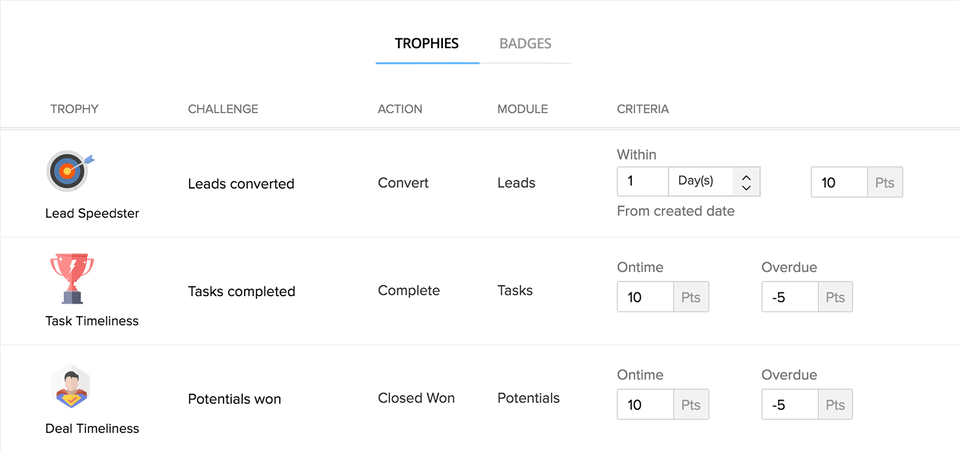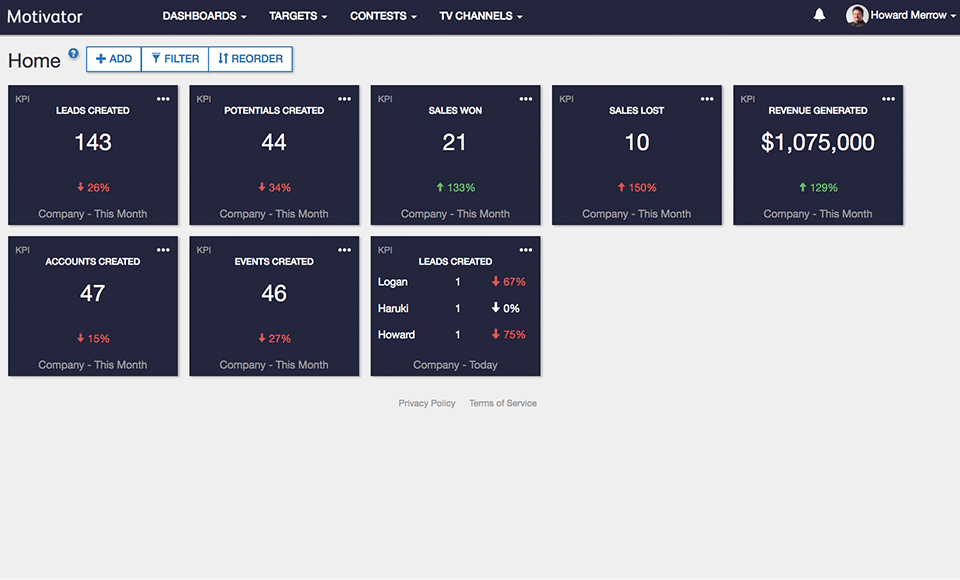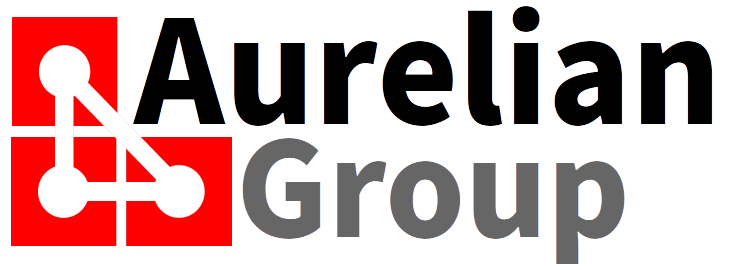Post three out of five - five rules for a lean CRM - today we explore how to keep the team engaged. CRM can be a dull environment where sales people register their leads, opportunities, and account activities. CRM can be a good communication tool for what happened, is happening, and is likely to happen. We explored how simplicity and consistency drive that success. But CRM should not be an administrative burden - implemented well, and it fosters a healthy competition among colleagues, and creates an environment where people strive for success and growth.

Rule 3: Keep your team engaged
Most valuable player
Selling is a team sport? It can be a strategic game like soccer where everyone on the team has a role to play. Ultimately it is about the number of goals scored over that of your opponent. But, in order to score, you have to obtain and retain ball possession, and at all cost - prevent the opponent from scoring. It is therefore no surprise that the elected "most valuable player" at the end of the match is not necessarily the top scorer of the game. In your sales cycle - who is your most valuable player? The sales person that closes the biggest deals, or the marketing person filling the funnel with the most qualified leads? Or perhaps your support engineer, that has such high satisfaction rating with your customers, that they keep coming back to buy more product, and refer your business?
If you have not yet done so, you should investigate what activities enable leads to enter, and progress successfully through the sales funnel. Simple logic dictates that if you do more of that, you are likely to win more business. Back to the soccer analogy - if you pass the ball around successfully, you have a higher chance of getting into the inner box area setting up for a certain goal. Lose ball possession, and you provide the opponent the same opportunity to get into the inner box. Your marketing team creates opportunities for your sales team by filling the funnel with qualified leads. The sales team then either converts the opportunities into scored deals, or they move on to the next. The support team is ready to keep the ball in play should there be a technical challenge. You'll find that everyone at your organisation is directly engaging the customer or is providing an invaluable service to those that do.
The game
Many great sales people refer to sales as a game. But it is a game not only played by sales people - you need the whole team playing (and as described above, it is not just the sales person who can be the most valuable player). How do you keep track of the winning moves, and how do you reward these? Over the decades, organisations have tried many initiatives, and combinations of those. Team incentives, balanced score cards, individual targets, etc. Some initiatives work better than others, but most are based on lagging indicators. A good game has a feedback mechanism during play - indicating to the player that progress is made, or a change of tactic is required. Gamification is a term used to provide this feedback, in the form of progress and ranking based scoring, to your business process.
Progress versus Ranking
There is a difference in measurement and intent when we talk about progress versus ranking. Where ranking is a measurement against others, progress is a measurement against oneself over time. A game with little opportunity for progress (say, Tic-Tac-Toe) loses its appeal due to lack of engagement. A game without ranking (everyone's a winner) loses its appeal due to lack of excitement. There are differences in the mix between progress and ranking - a new employee that is relatively inexperienced in the field of occupation will be best served with a bigger emphasis on the progress than on ranking. A more seasoned person in the job will benefit more from a ranking system. Note that we are not taking potential into the equation (potential = the ability to make progress in a particular field). This is an HR function (for more on Human Capital Management, click here).

Gamescope is offered in Zoho CRM (Professional and Enterprise versions). Gamescope allows for target settings to measure progress (badges) and competition settings to translate ranking (trophies). Basically. a badge is attained at the exchange of tasks or work performed; they are in infinite supply (everyone can earn the same bage). A trophy is attained by results in comparison with others - and are limited in their availability, and temporary in award (at the end of a period, the challenge resets). This is not just a "feel good" exercise to keep the "millenials" engaged - with careful construction of the challenges, the challenge with trophies and badges actually renders higher results with less burden on sales management (and if it isn't, it gives great insight into what needs to be changed, fine-tuned, or scrapped).
Engagement via communication
Communication is an effective tool if it is used in a manner that can invoke action - from a sales perspective, the usefulness of communication is maximised when it can drive necessary changes in the current lead to order cycle, not just for the one that passed. Using Zoho Motivator in conjunction with Zoho CRM is a powerful tool to keep the team informed, engaged, and motivated.

The information is gathered directly from the CRM system, and displayed on the motivator home screen. This screen can be put on display via an internet connected TV, or it is accessible via the mobile app (so the road warriors can immediately see how that large sale they just closed is affecting their position on the leader board). Wins are celebrated together, and where needed, the team can rally to get the numbers to where they should be if things are proving to be a bit more challenging.
Conclusion
In this third post, we have built on the simple to use CRM, where data is generated consistently, and exposed this data real-time to the users in order to keep them engaged. The engagement is achieved by presenting actionable information, which provides not only guidance on what actions to take next, but also how the individual, the team, and the company are performing against set targets. Zoho CRM Plus combines all the applications required for end-to-end customer life-cycle management in one bundle (this bundle includes Campaign, Social, CRM, Motivator, Desk, SalesIQ, Survey, Projects, and Reports) for one monthly price per user. A free trial is available.
